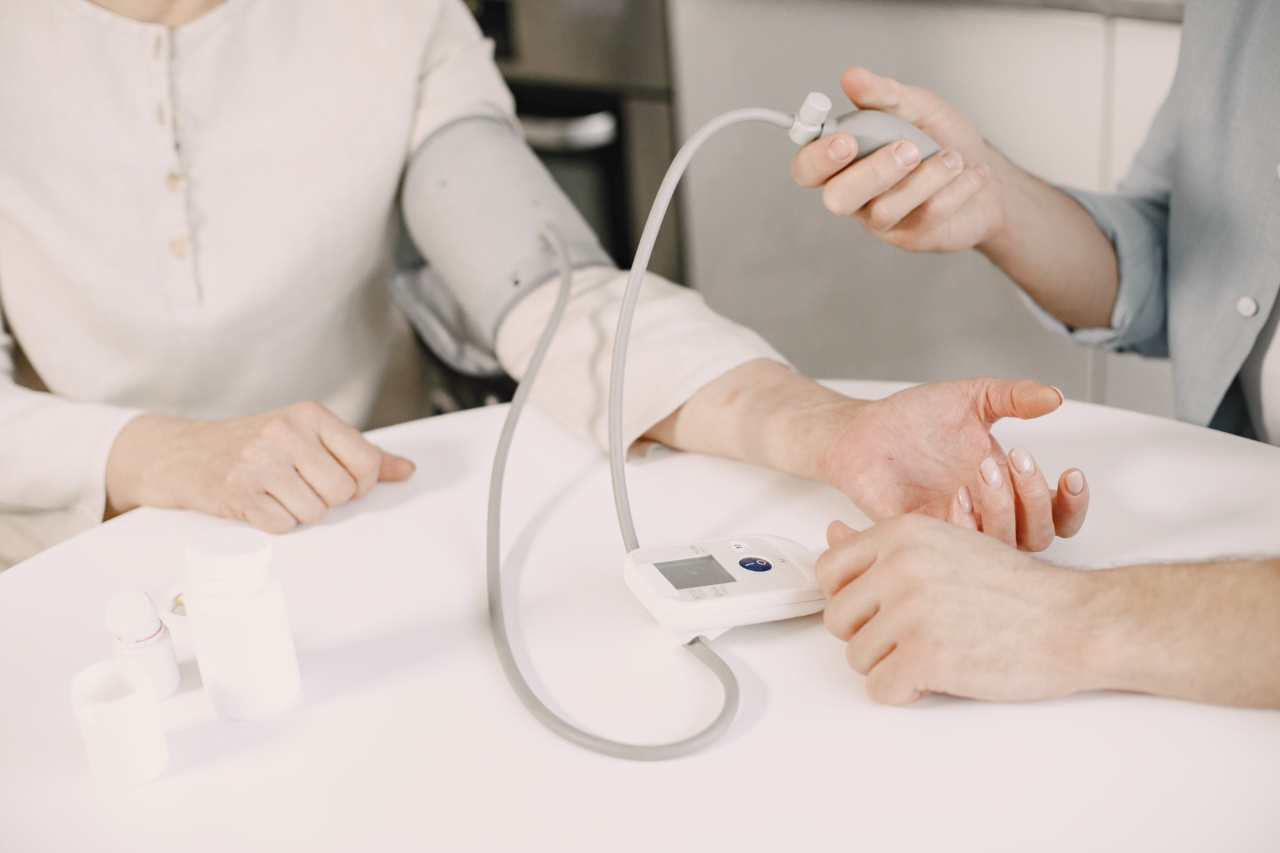When it comes to measuring pressure in your home, accuracy is key. Whether you are dealing with water, gas, or air pressure, precise measurements are essential for maintaining the efficiency and safety of your plumbing and HVAC systems.
However, there are several common mistakes that homeowners often make when measuring pressure, which can lead to inaccurate readings and potential problems. In this article, we will discuss the eight mistakes you should avoid while measuring pressure in your home.
1. Not Using the Right Equipment
One of the most common mistakes homeowners make is not using the proper equipment to measure pressure accurately.
Each type of pressure requires a specific gauge or sensor, whether it’s a water pressure gauge, an air pressure gauge, or a gas pressure gauge. Using the wrong gauge can lead to incorrect readings and potential damage to your system. It’s crucial to invest in the right tools for the job to ensure accurate measurements.
2. Neglecting Calibration
Calibration is an essential step when it comes to measuring pressure. Over time, gauges can lose their accuracy due to wear and tear or exposure to extreme conditions.
Neglecting calibration can result in misleading readings, leading to wrong decisions and potential problems. Regularly calibrating your pressure measurement equipment ensures accurate results and helps you avoid unnecessary repairs or replacements.
3. Ignoring Environmental Factors
Environmental factors can significantly impact pressure measurements. Temperature, elevation, humidity, and other atmospheric conditions can affect the density and behavior of gases and fluids, leading to inaccurate readings.
Ignoring these factors can give you a false sense of pressure levels in your home. It’s essential to consider and compensate for these environmental factors when measuring pressure to obtain reliable results.
4. Failing to Zero the Gauge
Zeroing the gauge is a crucial step before taking pressure measurements. Failing to reset the gauge to zero can result in offset or incorrect readings.
Pressure gauges can shift and settle during transport or storage, causing them to show a non-zero reading even when there is no pressure. Always ensure that the gauge is zeroed before using it to obtain precise and reliable measurements.
5. Improper Placement of the Gauge
The placement of the pressure gauge is another common mistake that can affect the accuracy of measurements. The positioning of the gauge can impact the pressure reading due to factors such as turbulence, vibration, or obstructions.
It’s crucial to select an appropriate location for the gauge that offers a smooth flow and minimal disturbances. Consult the installation manual or seek professional advice to determine the best placement for accurate pressure measurements.
6. Not Allowing for Pressure Fluctuations
Pressure within plumbing and HVAC systems can fluctuate naturally due to various factors such as usage patterns, temperature changes, or system cycling. Failing to consider these fluctuations can lead to misleading readings and potential errors.
To obtain accurate pressure measurements, it’s important to allow enough time for the pressure to stabilize before taking a reading. Waiting for a few minutes can help you obtain a more reliable and representative measurement.
7. Disregarding Safety Precautions
Measuring pressure can sometimes involve working with hazardous substances or in dangerous environments. Ignoring safety precautions can lead to injuries or accidents.
Always ensure that you follow proper safety procedures and wear appropriate protective gear when handling pressure measurement equipment. If you are unsure about safety protocols or the potential risks involved, it’s best to consult a professional or seek guidance to avoid any harm.
8. Misinterpreting the Readings
Lastly, misinterpreting pressure readings is a prevalent mistake among homeowners. Pressure gauges come with different scales and units, such as PSI, bar, or kPa.
It’s crucial to understand the unit of measurement used by your gauge and interpret the readings correctly. Additionally, comparing measurements to recommended pressure levels or consulting professional guidelines can help you identify any potential issues or abnormal pressure conditions.





























